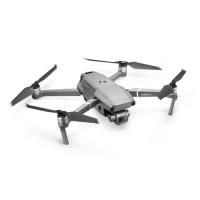U.S. Army and University of Maryland researchers have created a robotic bird. This may not seem too surprising, and in fact sounds like something that has been done before. Yet this time is different. Since the attacks of 9/11, the military and intelligence community have been working towards making drones more lethal as well as less detectable.
The drone, named the Robo-Raven, can glide, soar and flap its wings like a real bird. Complete wing control allows for extreme aerobatics that has never been achieved by any other drone or robot of its kind, so claim Army researchers. Yet the ability to hide in plain sight is the most highly sought after capability.
Inconspicuous drones, such as Robo-Raven, could be deployed to an area that has already been cleared by friendly forces. Instead of leaving behind guards and dealing with the logistics of supplying them, drones could be left behind. These drones would silently monitor an area, sending wireless signals back to a command center. If a change occurs or enemy forces re-enter an area the drone could report the activity or send a predetermined signal for indirect fire.
Drones such as these would have to look like the environment around them. Disguised as birds with realistic movements and behaviors, these drones could periodically move about the area like real birds or other local animals, never once giving their real intent away.
"We were inspired by the capabilities of the bird much more than the anatomy of the bird," said John Gerdes, a member of the research team. "Our approach was more bio-inspired than bio-mimetic. In some ways this simplifies the design because we can focus on functional aspects without necessarily adopting the same set of constraints that apply to animals."
The use of drones brings its own set of problems, mostly regarding privacy and the ethics of using remote weapons to engage targets. Technology is almost always disruptive, from the cotton gin to the automobile. Each generation has had to wrestle with the advances of society.





